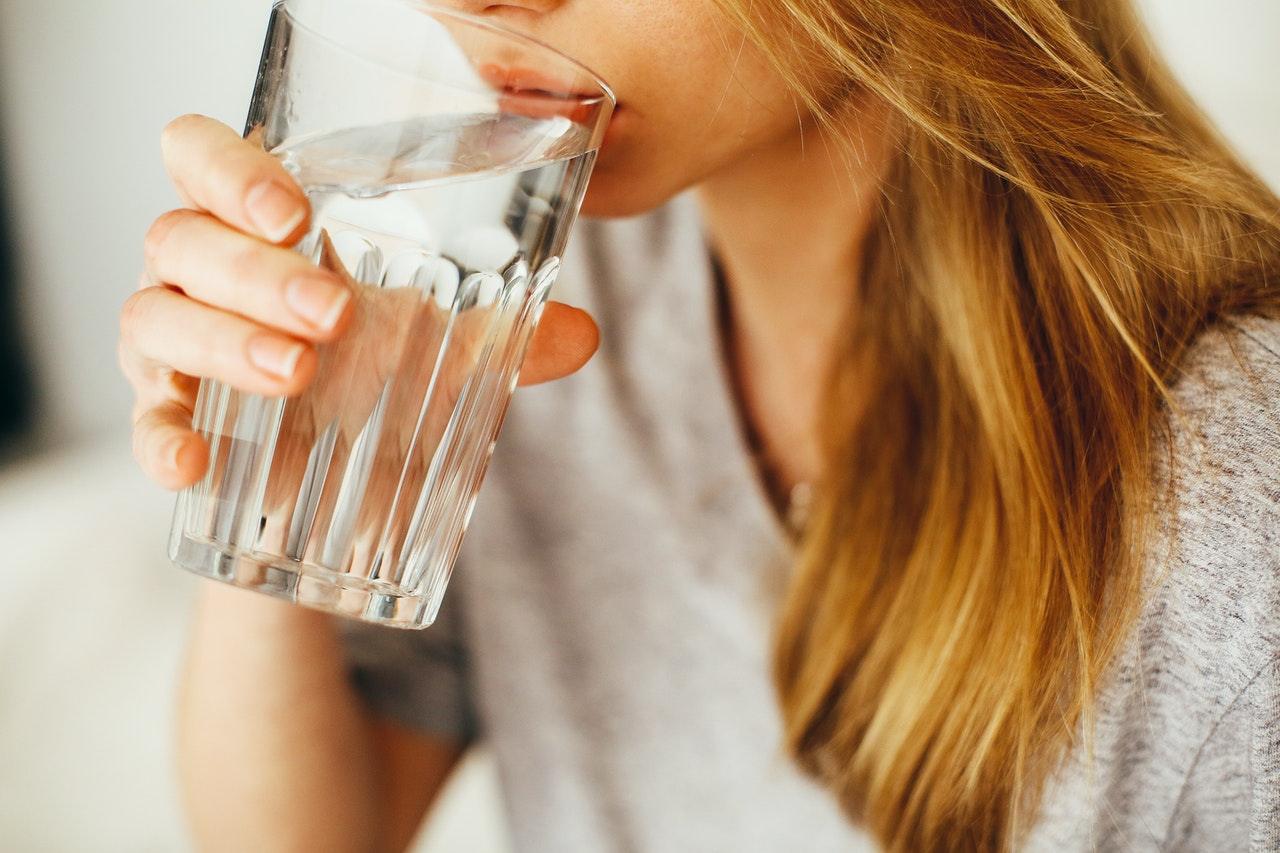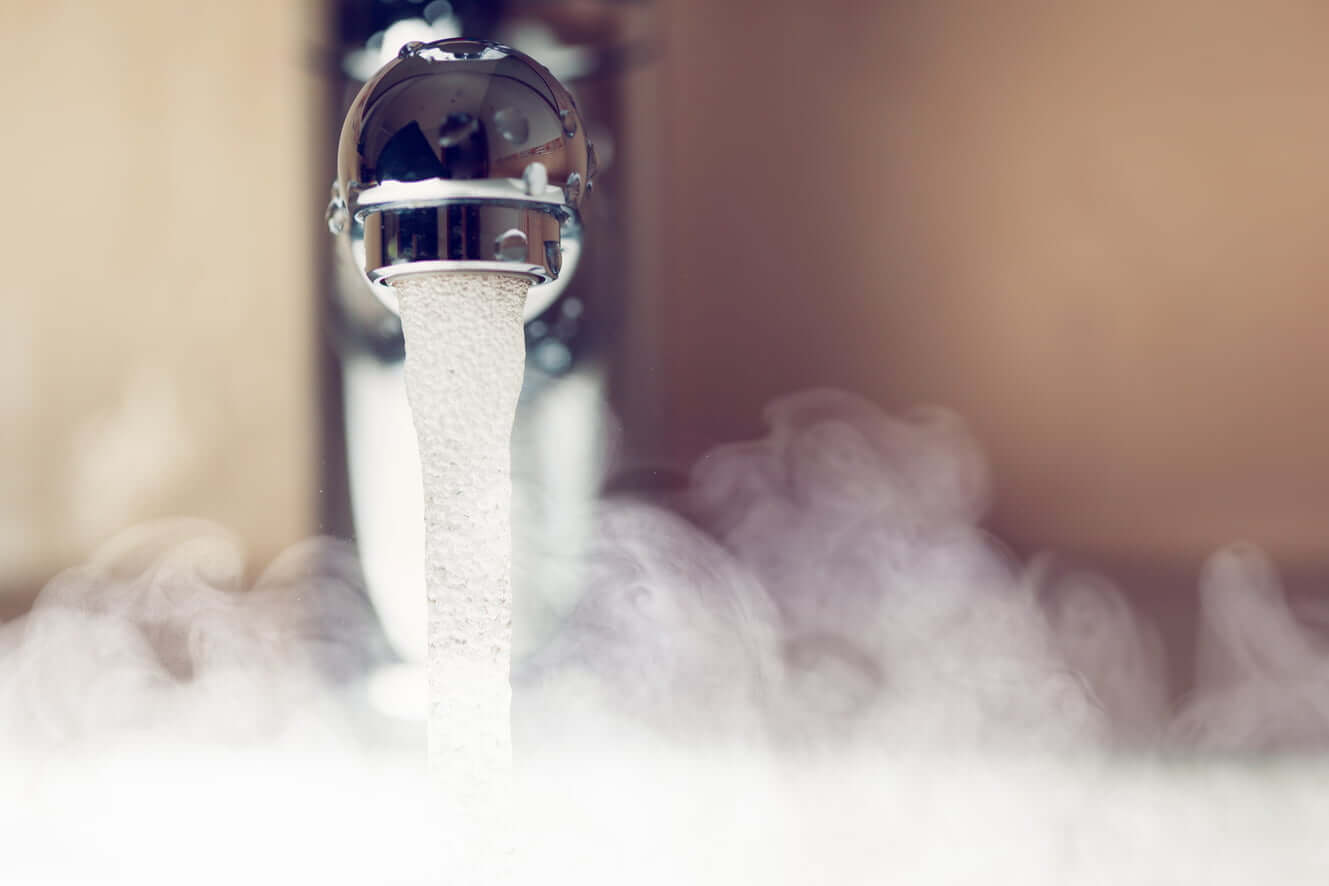
What is reverse osmosis? How ‘RO’ purifies drinking water
Reverse osmosis is the next step up from simply filtering your water, removing 99% of contaminants in a complex process that can take place in the small space below your kitchen sink.
Put simply, water is pushed through a semi-permeable membrane that ensures pure H2O comes out on the other side. If that sounds complicated, don’t worry- we’ll break it down in this guide.
Reverse osmosis is a water filtration process that uses a synthetic membrane to filter out unwanted contaminants and large molecules from your water. This can include chlorine, dirt, bacteria and viruses, metals, and other common substances found in your tap water.
What contaminants does RO remove?
Reverse osmosis systems like the Zero Reverse Osmosis system are capable of removing up to 99% of impurities from your water, including:
- Chlorine (often added as part of the UK’s water treatment process).
- Heavy metals, which can enter your water if you live in an older building.
- Biological contaminants like viruses and bacteria.
- Harmful ‘forever’ chemicals like pesticides and PFAS, can enter your water at various stages.
- Dissolved salts and minerals, such as potassium, calcium, and magnesium.
What is the difference between an RO and a water filter system?
If you’re interested in purifying your tap water, you’ve probably already looked into a water filter. So, what’s the difference between a filter and an RO system, and which is best for cleaning your water?
The answer lies in the degree of filtration. While a water filter removes larger particles and ensures the water is drinkable, a reverse osmosis system can filter smaller molecules (as small as 0.001 micron) and a wider variety of contaminants, ensuring your water is as pure as possible.
Reverse osmosis systems are also less costly in the long run. While water filters require constant filter replacements throughout their lifetime, this is less frequent for an RO system.
What are the benefits of reverse osmosis for drinking water?
While all UK is safe to drink, there is always a risk of contamination after the treatment process. For example, many old buildings have pipes that can contain metals like copper, lead, and iron, which can contaminate your drinking water. While many treatment plants exist to remove harmful substances from your water, the best way to guarantee its safety is with a water or reverse osmosis filtration system.
In terms of benefits, RO water also:
- Tastes and smells better – chemicals like chlorine (as well as other impurities) can make your water smell and taste bad, so removing these is an instant upgrade.
- Improves your well-being and provides peace of mind by removing potentially harmful contaminants from your water. You can drink and use it for cooking with no additional stress.
- Is more sustainable overall – if you’re worried about drinking tap water and find yourself constantly buying bottled water, RO systems can help you cut down on your plastic consumption.
- Is more convenient – RO systems are installed in your home, typically under the sink, so you have easy access to pristine water when you need it.
- Works in tandem with other equipment, like water softeners, to make your life easier by removing limescale and unwanted particles that make it harder to clean or otherwise use your water.
While they do have a high initial cost compared to filters, a reverse osmosis system is also more cost-effective in the long run, especially compared to constantly buying bottled water.
How does a reverse osmosis system work?
In a reverse osmosis system, the purification process works like this:
- Water enters your system via the mains supply line, which transports tap water to your home.
- Larger particles like dirt, sand and rust are filtered out of the water through an initial filtration process.
- An activated carbon filter removes smaller contaminants, like chlorine and other chemicals.
- The water passes through the semi-permeable RO membrane, which removes all remaining contaminants down to 0.001 micron in size. To put that in mind, visible dust particles are 25 microns in size, so these contaminants are 25,000 times smaller than a grain of dust.
- In most systems, purified water is stored in a specialised tank until you use your tap. In some cases, there is also a final filter to remove any further contaminants before they reach your faucet.
As the process includes several layers of filtration, from sediment to pre-carbon and post-carbon filters, it’s easy to see how the water comes out of higher quality than your standard water filter jug can provide.
Maintaining your RO water system
As with all water filtration systems, maintenance is a must to ensure your water stays good quality and to prevent the system from becoming clogged or dirty.
Pre-filters and post-filters on an RO system should be replaced once every 6-12 months, depending on your provider. This is considerably less often than traditional water filters, which often require replacements as often as 3 months or more, depending on the type of filter.
A common issue in hard water areas is limescale buildup inside your reverse osmosis system, which can cause ‘fouling’ on the RO membrane. To avoid this, many people choose to use a combination of water softener and reverse osmosis system, to keep enjoying clean water for longer without having to worry about replacing the membrane constantly. You’ll also want to clean your RO membrane 1-4 times per year – this can be done at home or by cleaning specialists.
Single vs double-pass RO systems: which is best?
The difference between single and double-pass reverse osmosis systems lies in how many times the water passes through the system. In a double-pass RO system, the water undergoes the reverse osmosis process twice, and theoretically comes out much higher-quality.
Enjoy safe, pure water with the ZERO Reverse Osmosis system
To summarise, with an RO system, you can experience the removal of 99% of contaminants from your tap water, improved taste and odour, all with less maintenance than you’d require with a water filter.
Not only this, but it’s also more cost-effective in the long run than water filters (or buying bottled water). This is because you can let the reverse osmosis system do its work and only replace the filters every 6-12 months. It’s also an environmentally-friendly option, with 217 single-use plastic bottles being saved for every person drinking filtered water per year.
For best results, use a ZERO reverse osmosis system in connection with a drinking water tap. This will eliminate contaminants that don’t benefit your wellbeing, as well as minimise limescale buildup on your tap and other surfaces, while still providing hard water as an option if you prefer the taste.


